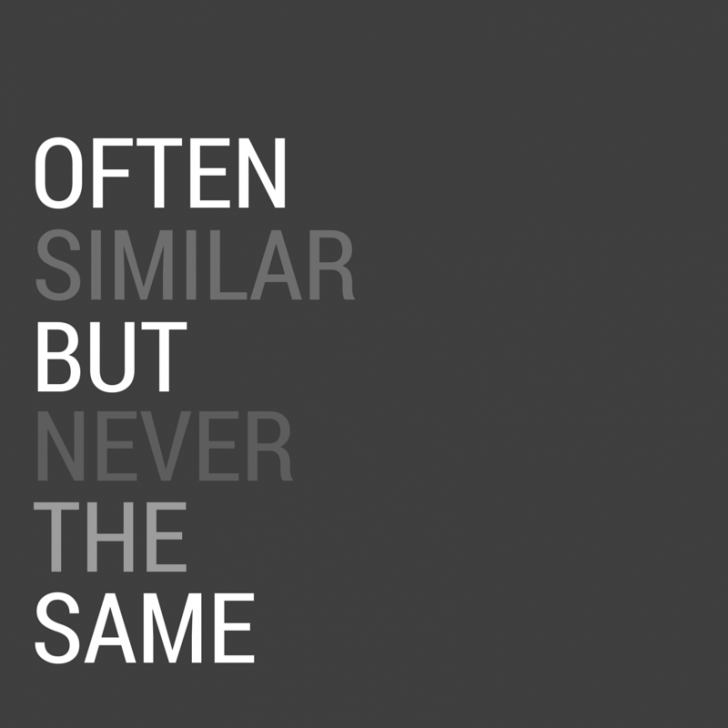Consolidating the future of the NHS
Consolidating the future of the NHS
The NHS England planning guidance was published at the end of March, and the key word in the document is…

At Impower, no two projects are the same, even if the subject matter and objectives are similar the route to get there will feel different from client to client. Despite their similarities, shared frameworks and statutory requirements, local authorities all have their defining features and quirks that make working with each feel different. This personality is generated in part by locality, politics and history, whilst also perpetuated by the organisation and its leaders (formal and informal) at different levels.
Often the challenge with each of our projects is to understand the organisation’s personality and how best to engage and motivate it to really make change happen. Some organisations are braver than others, others will hold back and struggle to dip a toe in the waters beyond the analysis and plan phase of the change cycle, whilst others (although I would hypothesise a much smaller proportion) will boldly go where no local authority has gone before (couldn’t resist a nod to the Trekky inspired post of my colleague only a few weeks ago).
When we commence a project with a client, we think about the conditions precedent required to enable us to support the client to achieve their goals. Whilst some relate to capacity and capability, there are also clear factors about readiness for change, relationships between the corporate centre and service counterpart and an acknowledgment and common understanding of the need to change. Much like when a person seeks to embark on self- improvement, or you undertake a professional development exercise, there are a few things that it helps to have in place.
In one of my most successful projects, I have reflected on what were the turning points that unlocked the positive potential and meant we could collectively move forward and improve. It was when we acknowledged the bad things that had happened in the past and committed to moving ahead. Where an organisation has had a reluctance to accept it could do better, it is much harder to achieve progress.
This has some important implications for an organisation like Impower and I think they are worth sharing;
The core purpose of local authorities is about people and they are delivered by thousands of people. It’s all about behaviour change inside and out. However, for consultancies, working on projects it could be easy to take the human out of it and focus on structures and process. For us, that just won’t work.